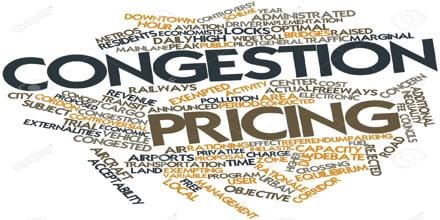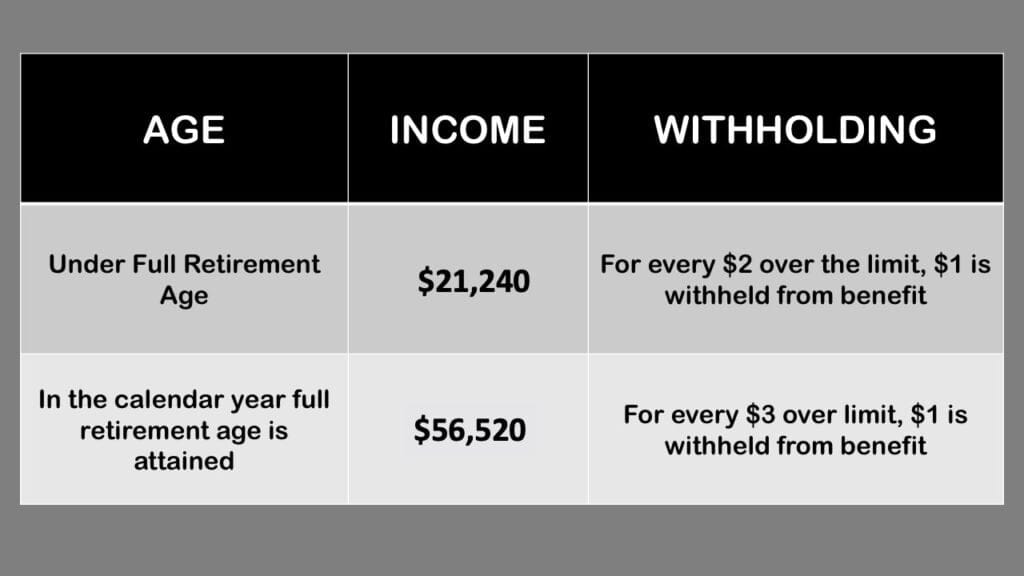On a bright and bustling day in New York City, the Metropolitan Transportation Authority (MTA) gathered officials, stakeholders, and community members for a ceremonial unveiling of new congestion pricing signs. This event took place just hours before the congestion pricing program is scheduled to commence, marking a significant shift in the way traffic is managed in the city. The initiative aims to reduce congestion in Manhattan’s central business district while also generating revenue that will be reinvested into public transportation.
The ceremony featured a range of speakers, including MTA officials, city leaders, and representatives from environmental organizations. They expressed their enthusiasm for the initiative, emphasizing its potential benefits for both the city and its residents. The newly unveiled signs, which will be placed at key entry points into the congestion pricing zone, are designed to inform drivers about the upcoming charges and the hours during which they will be enforced.
Congestion pricing has been a topic of discussion in New York City for several years, with advocates arguing that it is a necessary step towards addressing the city’s chronic traffic issues. The MTA has stated that the program is expected to reduce vehicle traffic in the most congested areas, leading to shorter travel times, improved air quality, and a more efficient public transportation system. The revenue generated from the congestion charges is projected to be significant, with funds earmarked for transit improvements and infrastructure upgrades.
As the city prepares to implement this program, many drivers are bracing for the financial impact. The congestion pricing fees will vary based on the time of day, with higher charges during peak hours. This pricing model is intended to encourage drivers to consider alternative modes of transportation, such as public transit, carpooling, or adjusting their travel times. The MTA has provided resources to help drivers understand the new system and plan their journeys accordingly.
The unveiling ceremony was marked by a sense of optimism among attendees, who believe that the congestion pricing initiative could serve as a model for other cities grappling with similar issues. Urban centers around the globe have increasingly looked to congestion pricing as a viable solution to combat traffic congestion and promote sustainable transportation practices. New York City’s implementation of this program places it at the forefront of this growing trend.
In addition to the environmental benefits, supporters of the congestion pricing initiative argue that it could lead to a more equitable transportation system. By investing the generated revenue into public transit, the MTA aims to enhance accessibility for all New Yorkers, particularly those in underserved communities. The hope is that improved public transportation options will reduce reliance on personal vehicles, ultimately leading to a decrease in overall traffic congestion.
As the clock ticks down to the launch of the congestion pricing program, the MTA is ramping up its communication efforts to ensure that drivers are well-informed about the changes. The agency has launched a public awareness campaign that includes informational materials, community outreach, and digital resources to help residents navigate the new pricing structure.
While the signs may have been unveiled in a celebratory atmosphere, the reality of congestion pricing is that it represents a significant change for many drivers in New York City. The MTA has acknowledged the challenges that come with such a transition and is committed to providing support and resources to help ease the adjustment period.
In conclusion, the MTA’s unveiling of congestion pricing signs marks a pivotal moment in the city’s ongoing efforts to manage traffic congestion and improve public transportation. As drivers prepare to feel the financial impact of this initiative, the MTA remains focused on its goals of reducing congestion, enhancing air quality, and promoting sustainable transportation practices. The coming weeks will be crucial as the program is put into action and its effects on traffic patterns and public transit are closely monitored.



